Is High-Dosage Tutoring Right For Your School Community?
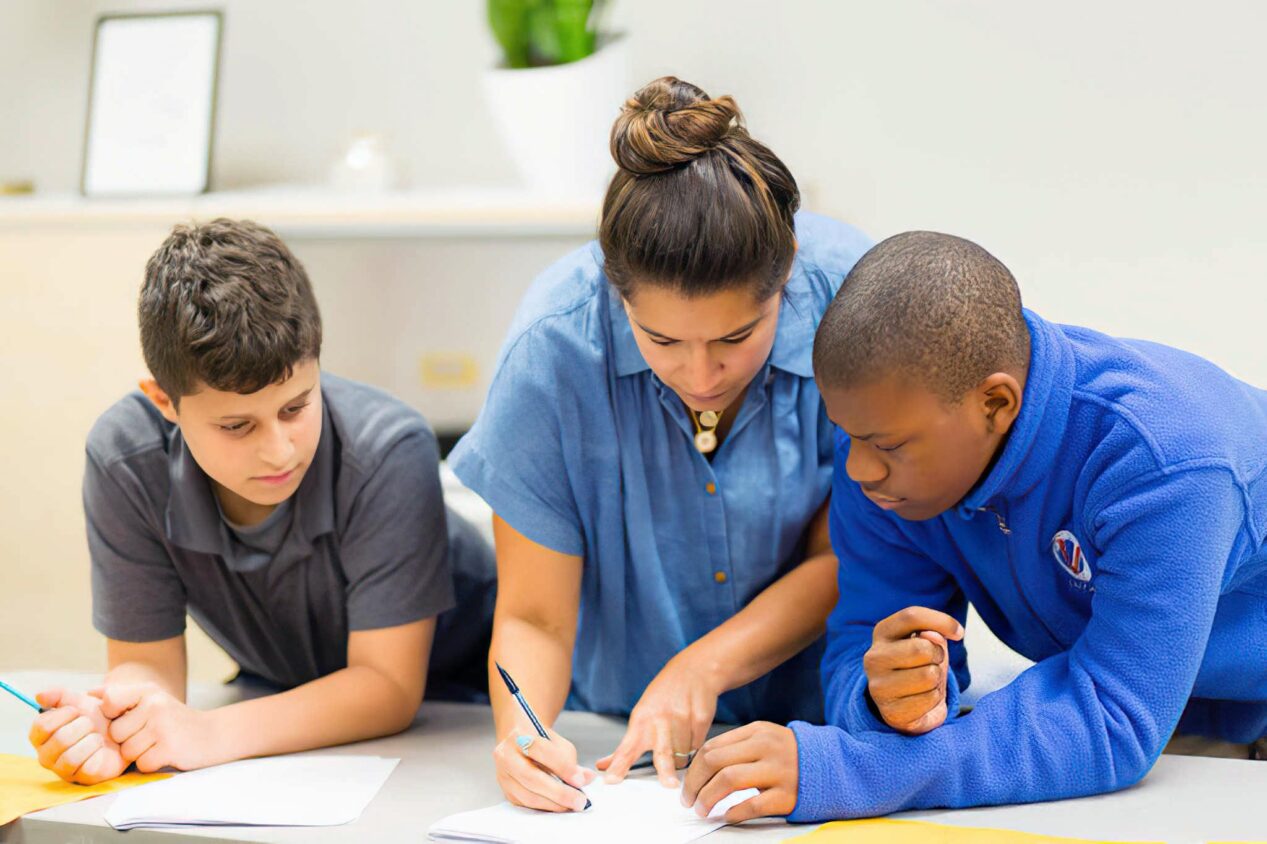
When people hear the term “tutoring,” it likely elicits an image of one-on-one instruction that takes place after school. The barriers to that form of traditional tutoring are challenging and can leave BIPOC students and those from low-income backgrounds on the outskirts of the tutoring experience. But, high-dosage tutoring—one of several collections covered on the Innovative Models Exchange—reinvents the practice by integrating it into the school day.
“When tutoring happens outside of the school day, students have to find the time, resources, and space for it, given other demands such as extra-curricular activities, sports, jobs, caring for siblings, etc.,” says Saga Education’s CEO and co-founder Alan Safran.“ This makes it inequitable for students who have other obligations and lack access to resources to attend tutoring.”
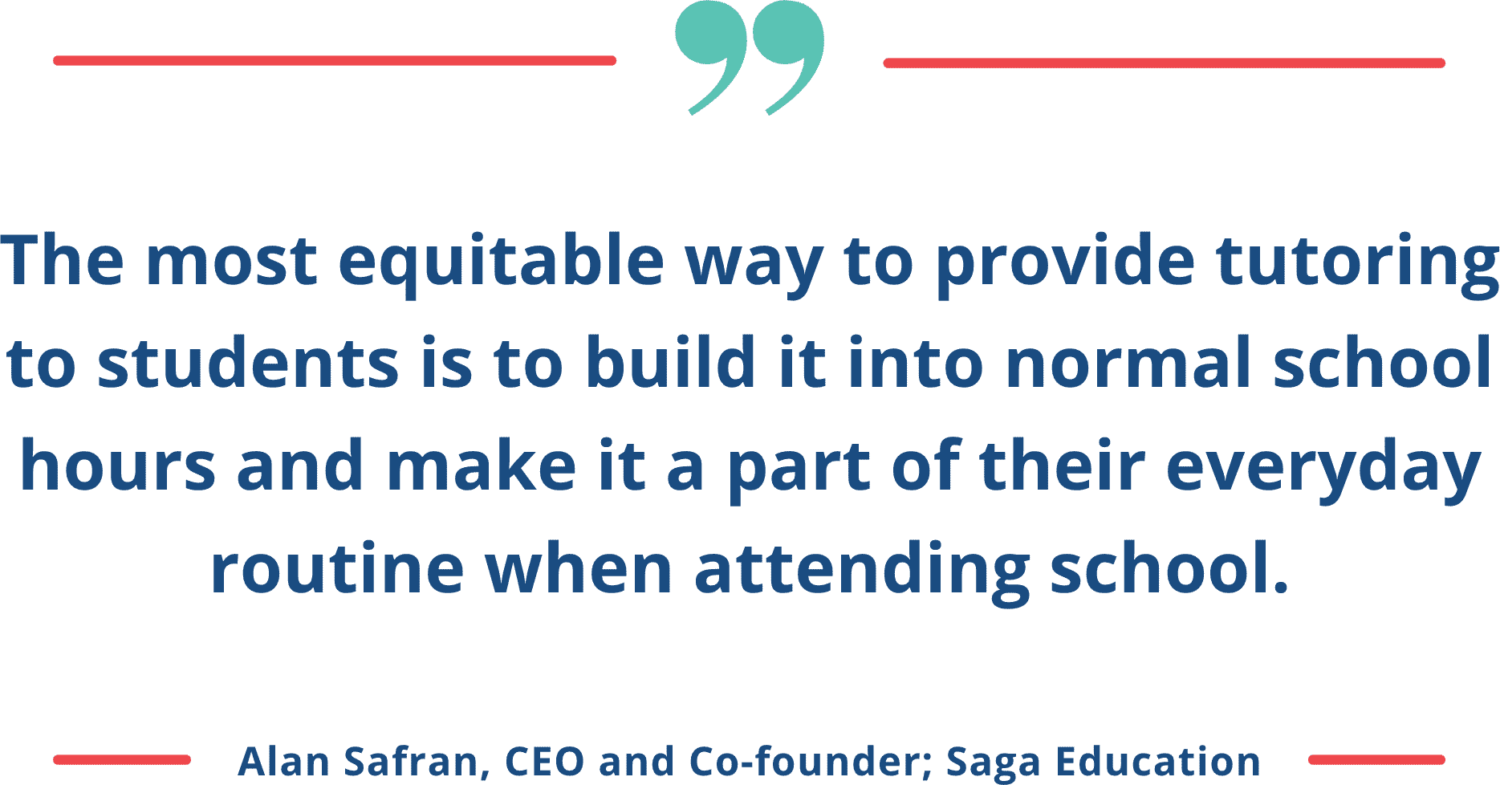
Recognizing that this may be difficult for all schools to implement, the high-dosage tutoring model can be incorporated as an after-school or weekend option as well.
WHAT ARE THE TRADEMARKS OF HIGH-DOSAGE TUTORING?
HIGH DOSAGE
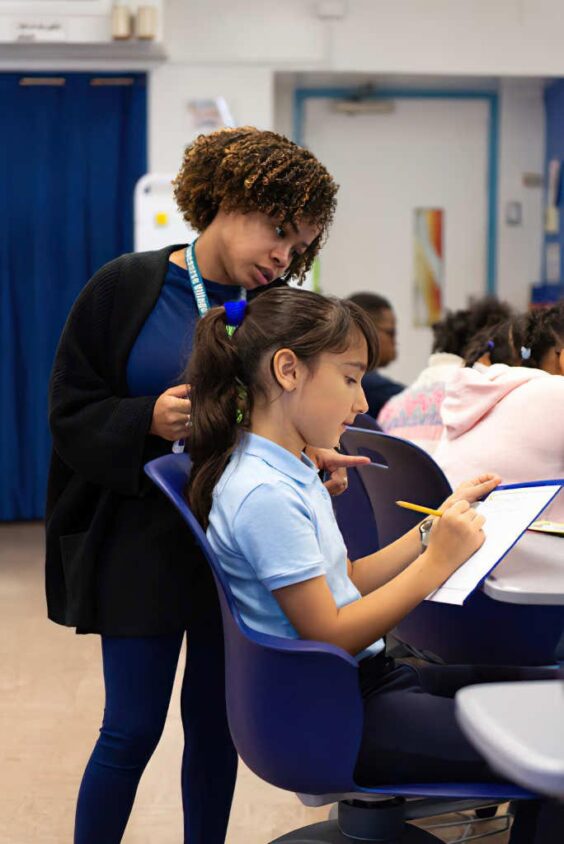
As in the name, a high dose of tutoring is a critical aspect. Though the cadence and duration may vary, it’s imperative that students receive a minimum amount of hours in tutoring spaces. For Saga, that minimum is 67 hours throughout the school year. For the GO Foundation’s Great Oaks model, also found on the Innovative Models Exchange, there is a minimum of 90 minutes a week, with a recommendation of at least 30 minutes per day.
One school year of high-dosage tutoring can lead to two-and-one-half years of academic gains. Such gains are why it’s important to incorporate as much tutoring into the school week as possible.
SMALL GROUPS
In a high-dosage tutoring environment, group size is the key to success. Though traditional tutoring has often focused on a one-to-one ratio, Safran says that is suboptimal.
“Students miss the opportunity for peer-to-peer interaction and learning, they don’t often like the unabated attention, and the tutor’s time is suboptimal because the student should be working independently for at least 70% of the time in a tutorial,” he says.
Consistent peer groups of two to four students produce the best tutoring experience. This allows for personalized instruction while creating a community that fosters discussion and support. That sense of community is integral to the The Go Foundation’s Great Oaks high-dosage tutoring model. AmeriCorps fellows who serve as tutors also work on the emotional and personal growth of their students, which adds a level of mentorship to the model.
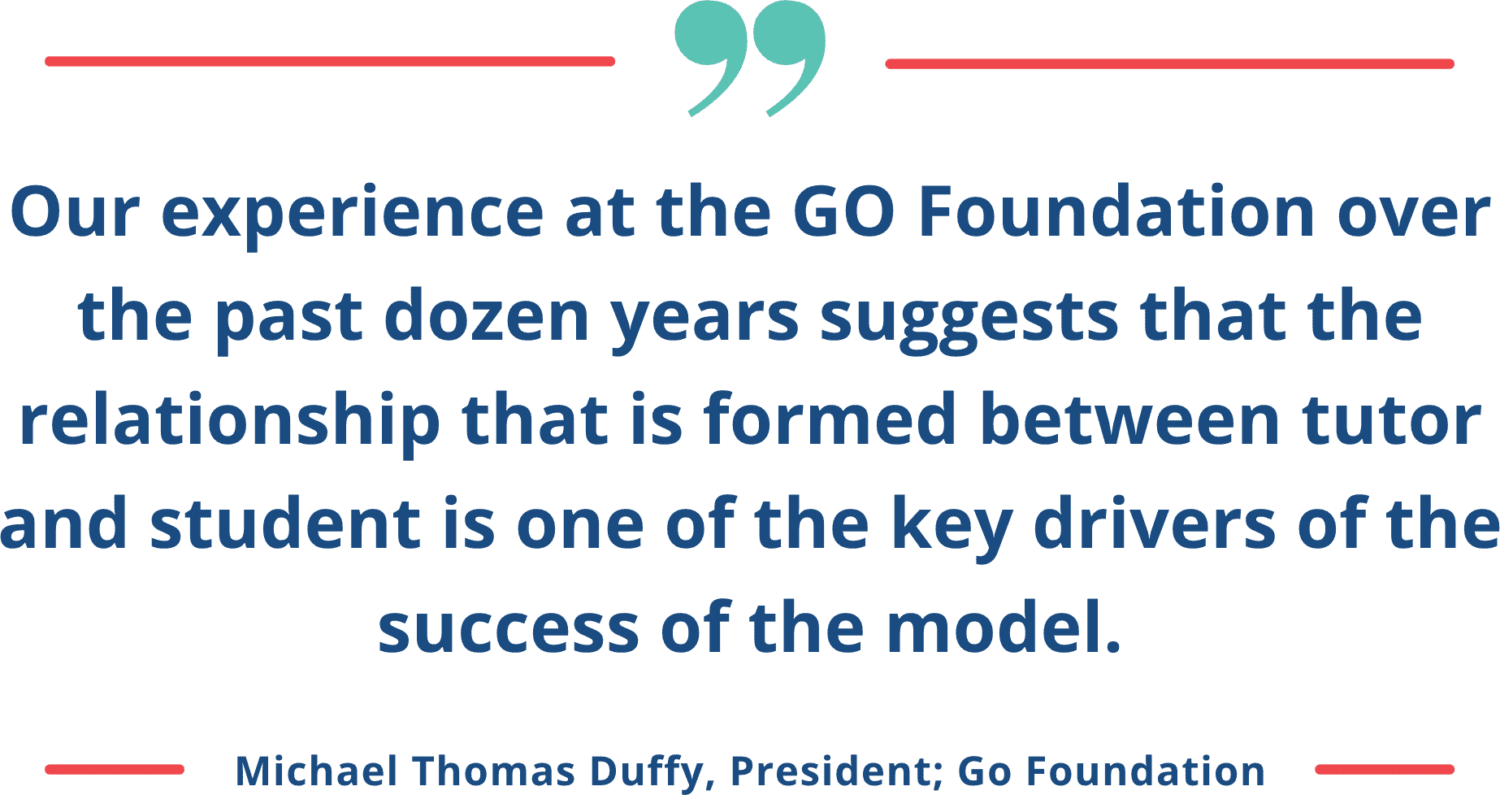
“This specific assignment allows a tutor to know a student and understand how they learn best. Students, in turn, can feel known and seen by a tutor who works with them consistently, picking one lesson up where the last one left off.”
In Saga Education’s model, fellows not only build relationships with the students but also make efforts to establish connections with family members to ensure non-academic growth as well. Fellows also often attend the students’ extracurricular activities and hold regular check-ins outside of tutoring sessions.
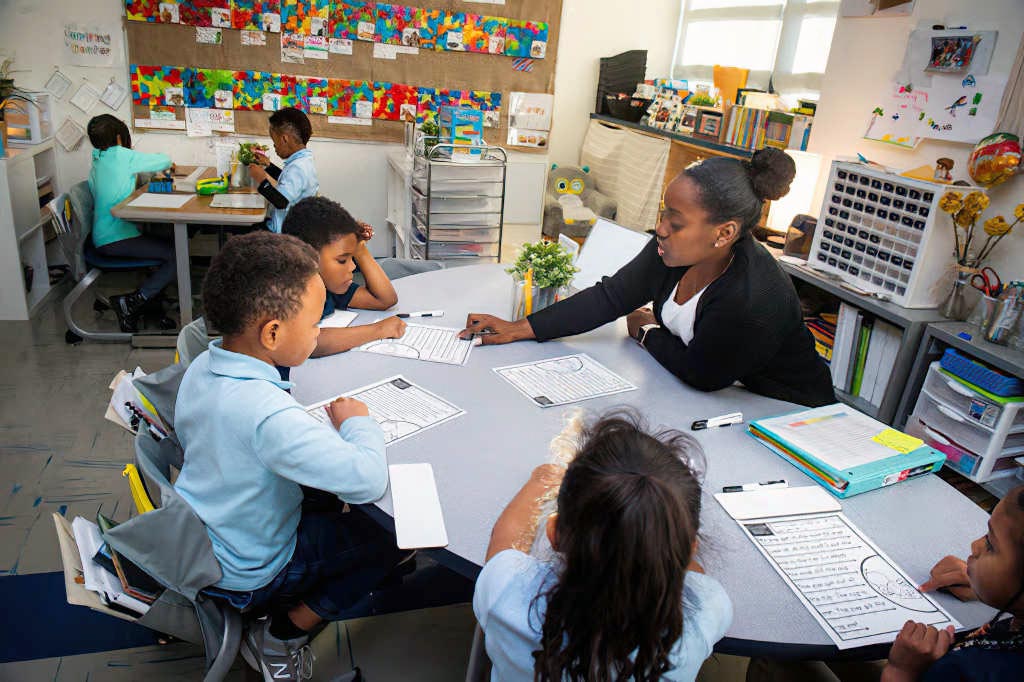
DURING SCHOOL HOURS
The novelty of high-dosage tutoring is that it takes place during the school day, which creates an equitable experience for all students. For those students who have to take care of siblings, work jobs, or perform other extracurricular activities, they don’t have to worry about falling behind their peers who receive tutoring.
“Another aspect of embedding tutoring within the school day is symbolic,” Duffy says. “It signals to students and staff alike within a school community that what is happening in tutorial isn’t marginal to the goal of learning—it is central to it.” This ensures those who need the tutoring most receive the help that they need, he adds.
RIGOROUS CURRICULUM
In both models from the GO Foundation and Saga Education, fellows receive training and support from educators and coaches, as well as gain access to rigorous tutoring materials that supplement coursework. Materials are also culturally responsive to increase relevance and engagement and provide fellows with content that supports their passions.
High-dosage tutoring focuses on mastery through rigorous curricula with just-right, personalized support. “Most students benefit from hearing instructions in different formats and practicing a skill several times before mastering it,” Duffy says. “However, most schools just don’t have the resources for each student to get the personalized instruction they need to master a topic.”
WHAT ASPECTS VARY?
- Group size: For every one tutor, there should be two to four students. A more experienced tutor would be able to handle a full group of four, but group sizes should not exceed four people. Tutoring should not take place in a one-to-one setting.
- Duration: The amount of time students spend in one tutoring session varies depending on the needs of the student, but Safran says students should meet a minimum of 67 hours throughout the school year.
- Cadence: The frequency at which students receive tutoring may vary depending on the amount of time they are to spend with their tutors weekly.
HIGH-DOSAGE TUTORING MODELS
To learn more about these models and check out other supports to help your community get started with high-dosage tutoring, visit this collection on the Innovative Models Exchange.

